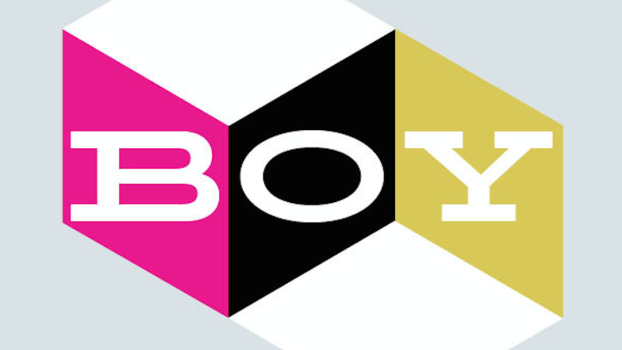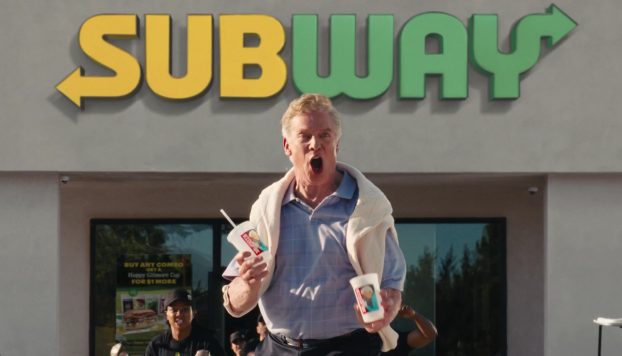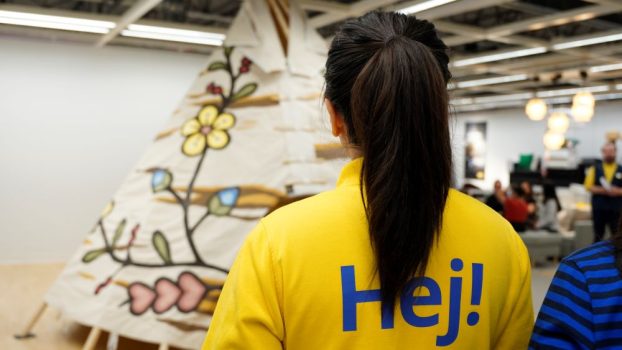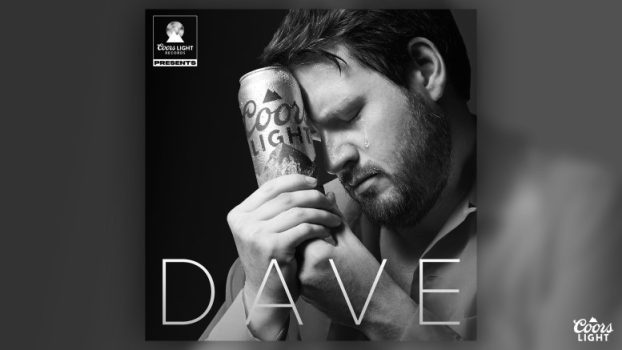This story appeared in Strategy C-Suite, a weekly email briefing on how Canada’s brand leaders are responding to market challenges and acting on new opportunities. Sign-up for the newsletter here to receive the latest stories directly to your inbox every Tuesday.
Indigenous tourism is a sector some 30 years in the making. But it only really began to bloom within the last five to ten years, according to Keith Henry, CEO of the Indigenous Tourism Association of Canada (ITAC).
In the early 2000s, some 800 businesses formed the backbone of the Indigenous tourism industry. By 2019, that number had more than doubled, he says. With 23% growth on direct GDP between 2015 and 2018, Indigenous tourism became the fastest-growing sector in Canadian tourism, which saw gains of roughly 15% over the same period.
The difference now, according to Henry, is that efforts are led by an industry network of Indigenous-owned and operated businesses across the country.
“We’re seeing more Indigenous-led organizations and businesses putting together national strategies. We’ve got better economic analysis about the impact of our industry on the ground, and we have a lot more [of an] Indigenous industry-led approach to this.”
Over time, more businesses have begun taking the shape of hotels, cultural centres and destination-type experiences, “where it’s not just a one-off local experience, [but] a well-thought-out structural plan with accommodations, food services, transportation.”
Part of the sector’s growth can be attributed to domestic and international interest in local Indigenous culture, from wildlife tours to unique culinary experiences, says Henry. But it’s also that “we’re more effectively marketing Indigenous tourism and helping people to understand where best to find some of the export and market-ready businesses in the country.”
Like the broader tourism industry, however, Indigenous tourism has been nearly decimated by the COVID-19 pandemic. The Conference Board of Canada projects direct economic activity has fallen 66% and employment has declined 60% across the sector.
ITAC estimates around 700 businesses will be lost to insolvency, bankruptcy and a feeling among business owners that there’s no future in tourism. “It’s not just about the financial loss,” says Henry. “It’s about the sentiment that tourism isn’t going to be able to re-build for some time, and people have to move on and find other jobs, especially for our small entrepreneurs.”
As such, ITAC has laid out a recovery strategy that rests on rallying around a core of 600 to 800 market-ready businesses and helping them survive until 2021, creating a base from which it can begin to rebuild. In May, it released a four-year, $50 million strategic recovery plan whose goal is to ultimately return Indigenous tourism to what it was pre-COVID come 2024.
The role of marketing in those efforts will be “paramount,” says Henry. Of the $50 million budgeted in its recovery plan, more than $13 million has been allocated towards marketing (including $2.3 million for the initial response and recovery phase spanning 2021, plus annual expenditures of between $3.5 and $3.8 million over the next three years).
As a national tourism agency, ITAC works with a network of Indigenous provincial and territorial partners, such Indigenous Tourism BC and Indigenous Tourism Ontario. It develops multi-year co-marketing plans with Destination Canada and other partners aimed at positioning Indigenous tourism to Canadians and the world. It will soon begin searching for its first creative agency partner. And this week, it unveiled a new campaign and website to help travellers discover and book their next Indigenous experience as soon as it is safe to do so again.
The federal government appears willing to lend some assistance. On June 11, it announced $133 million in financial relief to Indigenous businesses suffering from the pandemic, $16 million of which would be allocated to tourism businesses. ITAC has distributed that money to 600 tourism businesses in the form of non-repayable grants of $25,000.
And on June 23, Destination Canada announced it will contribute $1.95 million to ITAC’s sales and marketing recovery budget. In a press release, Keith noted the funds will support a national awareness campaign and will be distributed to its provincial and territorial partners to support their own local and regional marketing efforts.
“We’ve now adjusted to the recovery, and what I can say confidently is that without a national strategic plan that’s led and run by the Indigenous industry, recovery will take much, much longer,” says Henry. “Every destination will not see the additional benefits of having visitors want to come visit locally and experience Indigenous culture. So I think it’s in everyone’s collective interest to understand the importance of having that coordinated strategy.”
Photos via Destination Canada’s brand library.


























